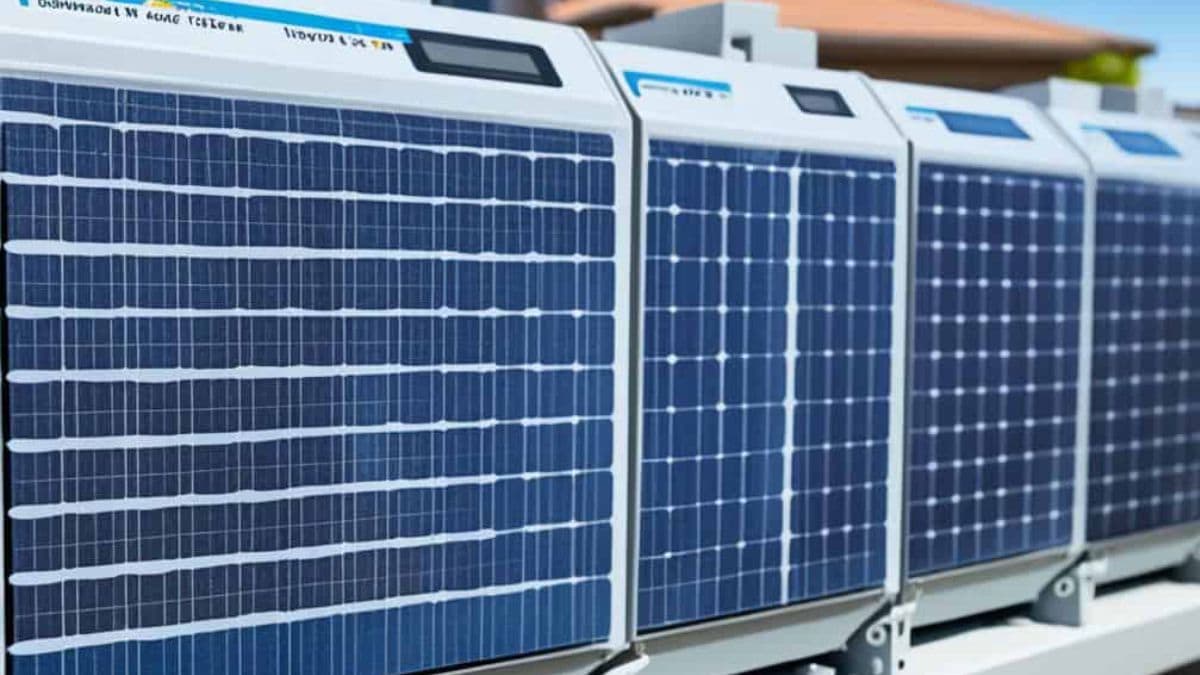
In a recent development, the Directorate General of Valuation, Karachi, has introduced brand new Custom values for 14 different types of Solar panel inverters imported from China.
The customs values of solar inverters were previously established under Section 25-A of the Customs Act, 1969, through Valuation Ruling No. 1913/2024, dated 05.11.2024, according to a valuation ruling that was released on Thursday.
This ruling was subsequently challenged under Section 25-D of the Act before the Director General of Customs Valuation, Karachi.
The Director General responded by issuing Order-in-Revision No. 08/2025, dated 04.02.2025, which recommended further subdivision of the categories (capacities) outlined in the contested ruling and directed a re-evaluation of the determined values.
By Section 25-A of the Customs Act, 1969, the Directorate of Customs Valuation then started a re-determination process.
The importers claimed that the contested Valuation Ruling’s customs values for solar inverters were unnecessarily high and needed to be revised.
To better represent market dynamics, they also suggested introducing subdivisions based on the capacities of inverters.
The Director of Valuation responded by directing interested parties to support their claims with pertinent documentation, such as export Goods Declarations (GDs), Letters of Credit (LCs), and other banking documents.
Furthermore, definitional ambiguities surrounding “off-grid inverters” were a source of concern.
Difference Between Hybrid, On-Grid, and Off-Grid Inverters
Following extensive discussion of these topics, the differences between hybrid, on-grid, and Off-Grid Inverters are discussed.
Hybrid Inverters: A hybrid solar inverter combines grid connectivity, battery storage, and solar PV power. This makes it possible to use solar energy immediately, store it for later use, or feed extra energy back into the grid.
A separate terminal for supplying excess power to the grid is typically found in hybrid inverters.
On-Grid Inverters: Without battery storage (no ports for connecting batteries), an on-grid solar inverter transforms solar energy for direct use in the public electrical grid.
Only when connected to the grid does this kind of inverter function, and it will switch to standby mode in the event of a grid failure.
Off-Grid Inverters: An off-grid inverter uses solar power (PV modules), battery storage, and input ports to connect to the AC, grid, and generator.
These devices are capable of using AC input power, solar PV power, and battery storage. They work especially well in places with erratic grid power or where surplus solar PV power doesn’t need to be fed into the grid (no net metering function).
When solar or battery storage is not available, off-grid inverters automatically switch (avoid the household load) to AC or generator power. It is not a hybrid inverter just because it has an AC input.
